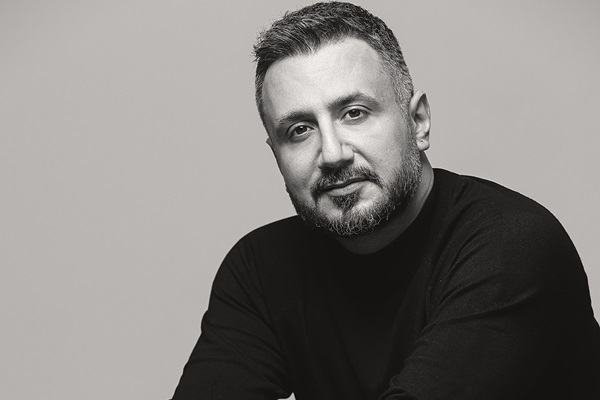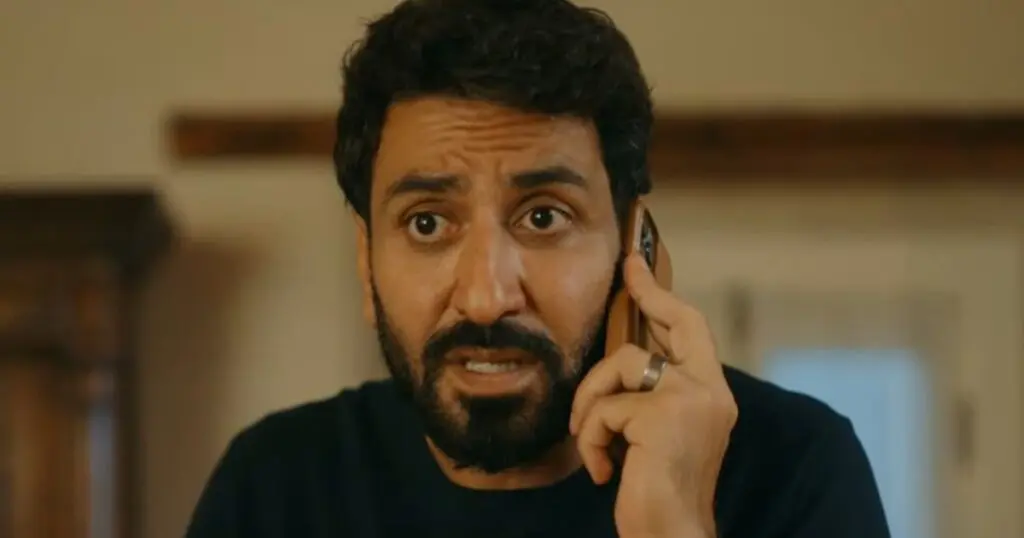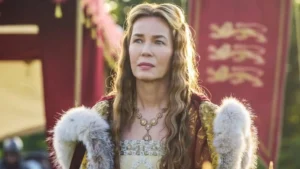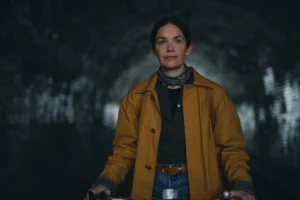Netflix’s Kuwaiti romantic comedy Honeymoonish tells the charming story of the newly married Noor and Hamad, on their honeymoon, who suddenly realize that they are, in fact, very different people. As the story unfolds, the couple starts to develop an understanding of each other that brings them closer together. Most of the filming locations were in Lebanon, but there was an additional shooting area too.
The movie started filming in July 2023 and continued to August 2023. This is the first film from Kuwait that Netflix has platformed.
Filming Locations
Lebanon
Most of the filming locations of Honeymoonish took place in Lebanon, with the director, Elie El-Semaan, sharing some shots from the process on social media. Posts mention filming in the Cedars of Lebanon, a stunning forested landscape located in the Kadish Valley of Bsharre in Lebanon. The area has some incredibly beautiful locations. It is worth noting that Lebanon is home to five UNESCO World Heritage Sites.
View this post on Instagram
Kuwait
There is also some indication that some scenes may have been recorded in Kuwait, and the hot and arid atmosphere means there are plenty of sandy locations to film in and in the Summer months, Kuwait is one of the warmest places on Earth.
The Director Behind the Movie

Elie El-Semaan (Credit – BroadcastPro Me)
The film is directed by Elie El-Semaan, who gained recognition with a TV show called Shatti Ya Beirut which translates as Rain Over Beirut. The director would speak to Arab News before the release of his film, where he would explain:
“I think the film will change the perception of Arabs. Once people watch it, they’ll understand what I mean.” He would go on to say that he feels that making TV shows for the likes of Netflix, is particularly challenging, with TV shows now using many filmic techniques to tell a story. He would say “You cannot give (audiences) what they used to watch in the past because the world has so much to offer.”
As far as some of the more challenging aspects over the course of filming the movie, he would say:
“One of the most difficult things for me as the director was the different dialects — Lebanese and Kuwaiti Arabic. That’s why I had a Kuwaiti on set with me who could explain different things. It was very diverse.” On the set of the film, Elie would do his best to make the process something that everyone involved in could collaborate on. His approach to the process meant allowing input from those involved, and he would go on to say that “I do not work with people who are not partners, I want people involved. I want them to help build my vision, change my vision, and surprise me at times.”
RELATED:




